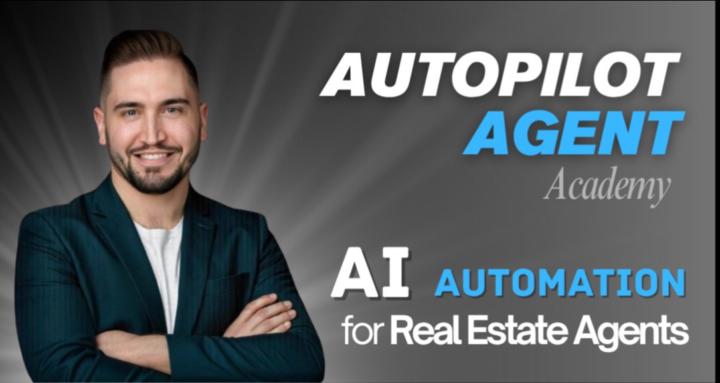Aug 13 • Automation Help ⚙️
If You Feel Lost - Here's How To Get Started With AI
Probably one of the most common statements I hear from real estate agents when we get on a consultation call together, is that they simply feel lost when it comes to navigating AI and Automations.
They don't know where to start, how to start, or what tools to even start with.
It sort of feels like walking into a Home Depot, having never picked up a hammer before....
So if that is you, then keep reading, because I am going to give you the exact same process that I give to my consulting clients.
The very first thing you need to do is map out your business. I'm not talking about a high-level overview. I'm talking about a highly detailed, super specific map that outlines every process in your business. From how you do your marketing to how you submit your contracts to your brokerage.
You should be noting down the step-by-step process, "if/and" conditions (meaning IF something happens, we do X, otherwise, we do Y), and most importantly, what tools/software you are using to complete those individual tasks. Are you using a CRM? A specific email tool? A transaction management software?
- Side Note: I recommend using Miro or Figma for process mapping -
Once you have created a clear process map for each system/process in your business, then you will want to take note of all of the different tools/software that you use to accomplish these tasks. This is what is called your "tech stack". This is important to know, because you're going to need to determine which of these tools allow for integration.
What do I mean by "allow for integration"?
Well, every software company gets to decide if they want other software tools to be able to interact and 'connect' with theirs. If they do, they typically create what is called an "API". This is like the 'back door' to the software to be able to access its features and data. - More on this in the "Learn AI Basics > Master API's and Webhooks" section of the Classroom.
If the tool has a public API, then you can most likely integrate with it, allowing you to automate the specific steps in your process that use that tool.
Once you have verified how much of your tech stack can be integrated with, then you can go through your process map and start to determine how much of the entire process can be automated.
PRO TIP: Get very familiar with Make.com. Once you can THINK like a Make Pro, it becomes much easier to figure out what you can automate, and how.
I like to color coordinate each step of my process map, based on which tool I am using, and whether or not it is an automated or manual task. That way, I can look at it and instantly see how many steps will still require me to manually perform an action.
Sometimes you will have processes that can be fully automated. For example, reposting your social media content across all of your platforms. That is an easy task to automate.
But more often than not, you're going to end up being able to automate anywhere from 30%-80% of the process. Which is still fantastic! Any time that you are saving yourself in your business is a WIN, and if automating 40% of a big task saves you 2 or 3 hours a week, then it is a no-brainer!
Okay, so you have mapped everything out, you've figured out what can be automated and what cant be, now what?
Now you need to determine which specific processes are the most time consuming OR the most in-efficient. These are the processes that you should start with. Often times, Realtors will ask me "what is the best process for me to automate first?".
The answer is "whatever process you dread the most". Simple. Whatever process is going to free up the most time, or empower your team to do more, or just simply take the most stress off your back, that is what you should start with.
That's the entire point of automation. Letting AI do the work for you so you don't have to. There's no point in spending 5 days trying to automate a process that only saves you 5 minutes of your time....
Hope that helps!
- Brandon
6
3 comments

skool.com/autopilot-agent-academy-2935
Utilize AI to automate your real estate business, save you 10+ hours per week, and generate more leads 🚀
Powered by





